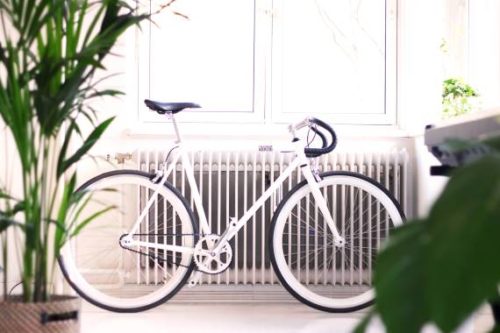Compare central Heating quotes
Save up to 40% in 1 minute
Radiator Not Working?
In the middle of winter, when it’s chilly outside and all you want to do is stay indoors, the last thing you want is to find a radiator not working. If you do have radiators not heating up, what do you do? Luckily, there are a few things you can do to get your radiators working properly again, which we share here.
What do you do if your radiator isn’t working?
If you notice that there’s no heat coming from a radiator, it’s easy to fret about it. And if it’s the middle of winter, you have good reason to worry. When you find that a radiator isn’t working, these are the things you should do to troubleshoot and hopefully fix the problem.
-
Check if any other radiators are not working
If you see that a radiator isn’t heating up, before you get to work on it, check to see if other radiators in your house aren’t working. If all your radiators are cold, then it is a sign that there is a problem with your boiler or central heating system.
Check if there is anything unusual with your central heating. Is your heating and boiler switched off? Is there no hot water coming out of your taps? Is your boiler malfunctioning? Then you’ll need to call a professional for central heating or boiler servicing.
-
Bleed your radiators
If the issue is just isolated to 1 or a few radiators, then check if a part of the unit is warm. A radiator that is warm at the bottom but cold at the top is usually a sign that you need to bleed it. This is because there is air trapped in the radiator—the hot water will flow to the bottom but the heat won’t be able to circulate to the rest of the radiator.
Bleeding a radiator is easy and you should be able to do it by yourself. If you need help, ask the advice of a professional or look online for how-to videos.

-
Clean your radiator
If the top of the radiator is warm but the bottom is cold, this could mean that you need to clean the unit. Over time, dirt, grime, and rust will build up and collect at the bottom of radiators. Here is a general guide on manually cleaning a radiator.
Turn your heating system and all radiator valves off until everything cools. Turn the lockshield valve so that you can remove the radiator off the wall. Remove the thermostatic radiator valve and open the bleed valve with a radiator key. Take the radiator outside or the bathtub and run water through the unit by attaching a hose or shower outlet to the valve outlets.
When cleaning a radiator, keep in mind that dirty water will flow out of the valves. Get towels, bowls, and plastic bags ready to catch the water. After you have flushed the radiator with clean water, reconnect it to its pipes and configure it to its original state.
-
Inspect the radiator valves
If the entire radiator is cold, it could be a problem with the thermostatic radiator valve. In this case, you should remove the thermostatic valve head off and check if the pin moves up and down. You just need to lightly tap the stuck pin to free it.
Be careful when handling the thermostatic valve. Too much force can damage it and in some cases it can release the pin causing water to flow out of the opening. In this case, you’ll need to install a new valve.

-
Powerflush your system
Sometimes, manually cleaning a few radiators is not enough. This circumstance calls for a powerflush. Although it is possible to rent a powerflushing machine, this job is best left to the professionals. Powerflushes usually cost between £200 and £400.
The plumber attaches the flushing unit to the piping of your central heating system and pumps clean water into it. This will force any dirt, grime, rust, and debris out of your system. You won’t have to remove any radiators and you’ll get your entire system cleaned at once.
Consult a professional heating engineer
Have you tried the previous solutions but your radiator is still not working? Then the best thing for you to do is to call in a professional heating engineer. They’ll come in and figure out the cause of your radiator’s malfunction. To find the best heating expert in terms of service and price, use our free quote request form. You’ll receive up to 6 non-binding price offers so you are able to identify which one works for you.











